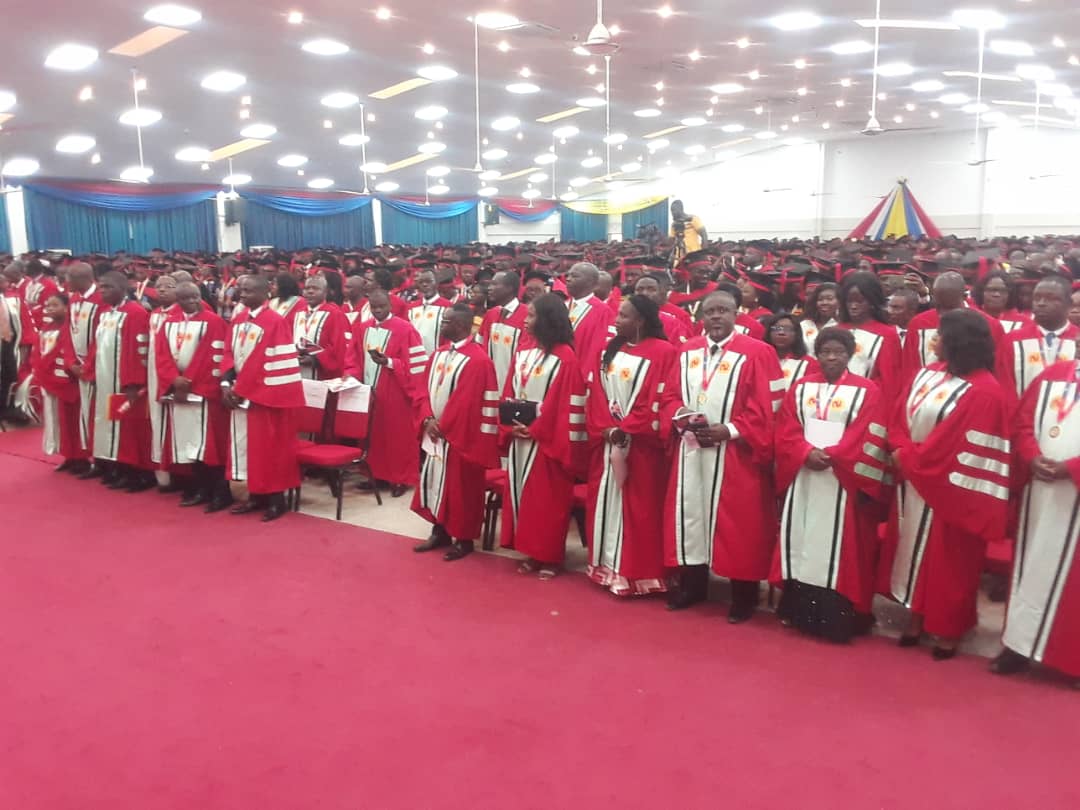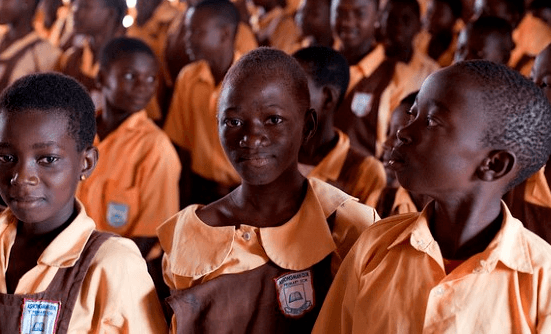
Schools in the rural communities in the Bolgatanga Municipality of the Upper East Region have embarked on tree planting as part of measures to protect the environment and beautify the school compounds.
The Headteacher of Asoegoom Primary School at Sumbrungu, a suburb of the Bolgatanga Municipality, Gbenga Solomon George, told the Ghanaian Times that the initiative was meant to inculcate in young children the sense of environmental conservation.
"The concept is to inculcate in pupils the habit of planting trees and to protect the environment, we started in June last year with 30 trees, by the grace of God they are all doing well," he said.
"The trees were assigned to classes to take care of, and we award the best performing classes," he added.
He said the initiative was being extended to 20 more schools in 11 communities in the municipality.
He mentioned the schools as Anateem Primary and Junior High School (JHS), Aguusi, Nyariga Doone Primary and JHS, Yelbongo Primary and JHS, Atampuurum Primary and JHS and Sumbrungu JHS.
Others are Nyariga M.A. Primary and JHS, Dazongo Primary and JHS, Azoribise Primary, Kolbia Primary and JHS.
He, however, said the major challenge was getting seedlings from the appropriate quarters to sustain the initiative, since this was the right time to plant more trees, with the onset of the rainy season.
Indiscriminate bush burning and felling of trees for fire wood and charcoal has resulted in the depletion of forest covers in the region.
Early this year, the Greening Northern Ghana (GNG) initiative was launched in the region, spearheaded by an array of professionals from the north and other environmentalists across the country, to help restore the vegetative cover of the region which is fast depleting as climate change takes a toll in the north.
Tree planting in schools is part of the strategies being promoted by the GNG to 'catching them young' in school, to imbue in pupils and students, the culture of tree planting in the school compounds and communities, to serve as windbreaks.
It is a common in the rainy season for strong winds to rip off the roofs of classrooms in vulnerable communities, due to lack of enough trees to serve as windbreaks.
Read Full Story



















Facebook
Twitter
Pinterest
Instagram
Google+
YouTube
LinkedIn
RSS